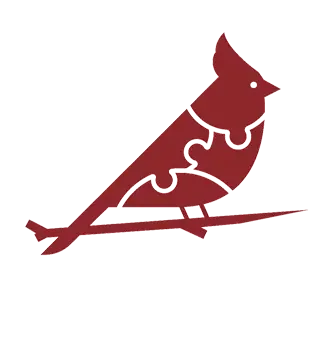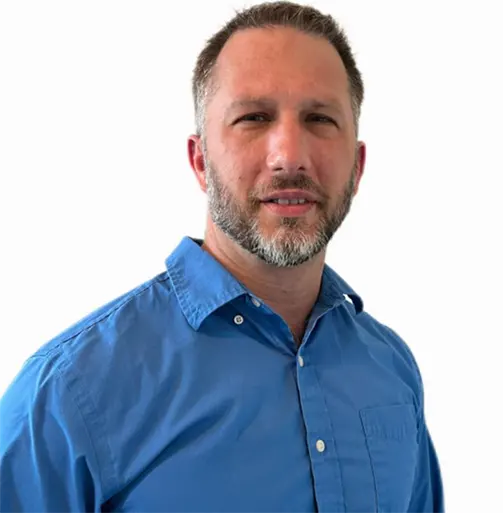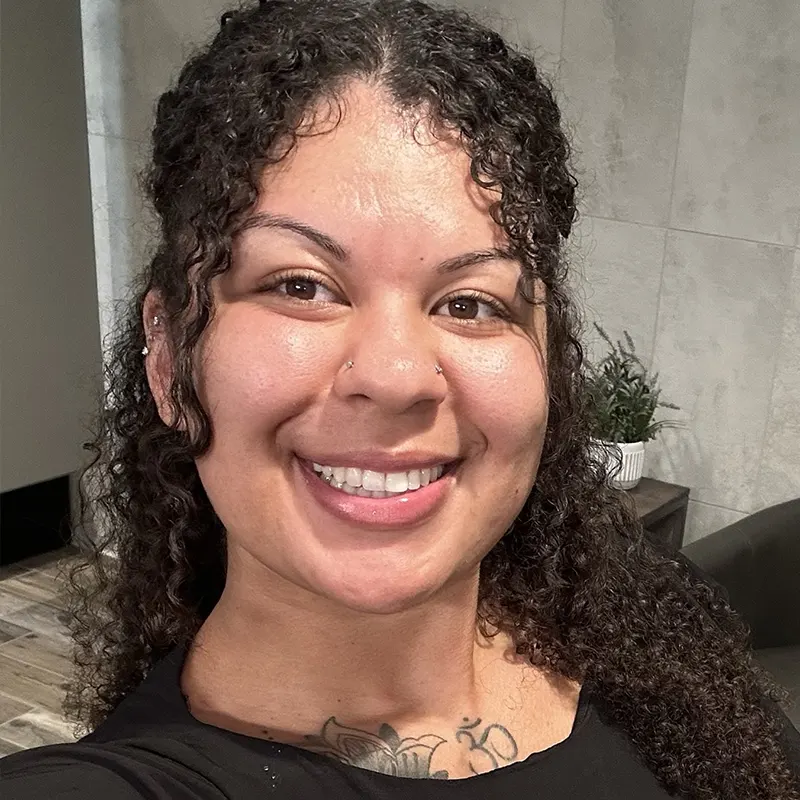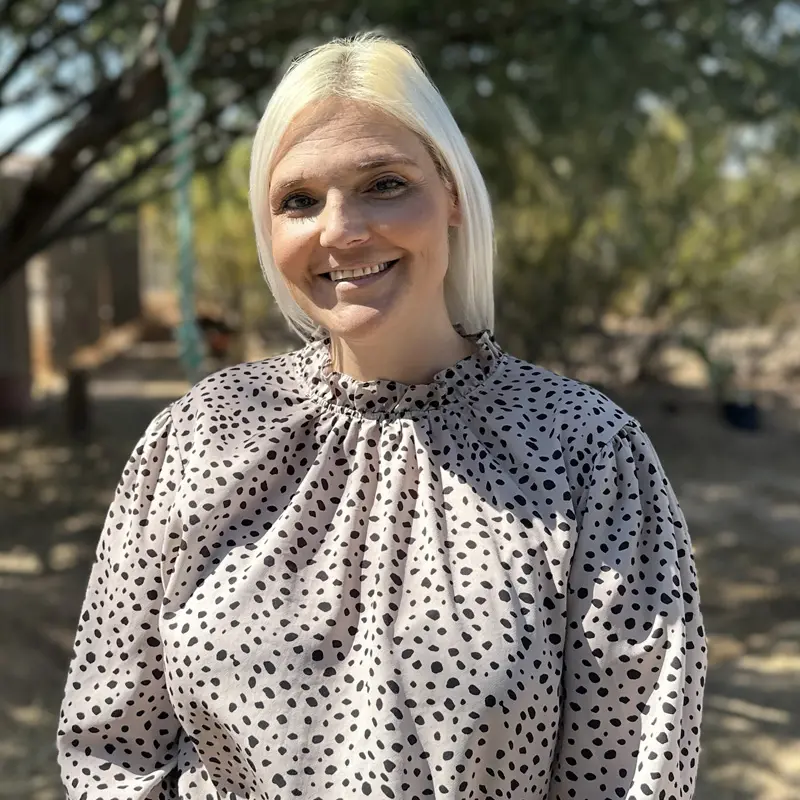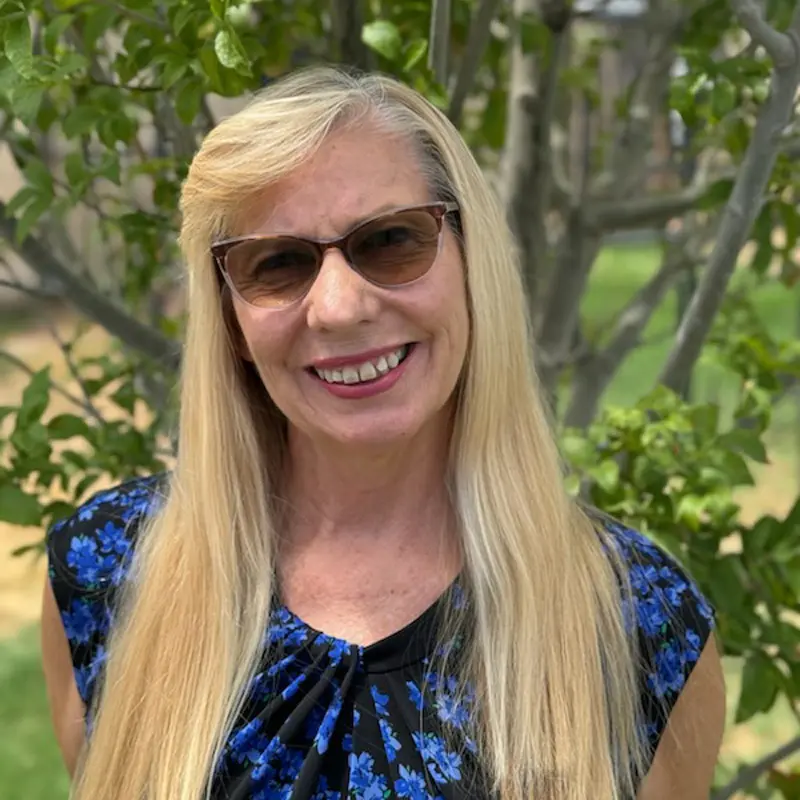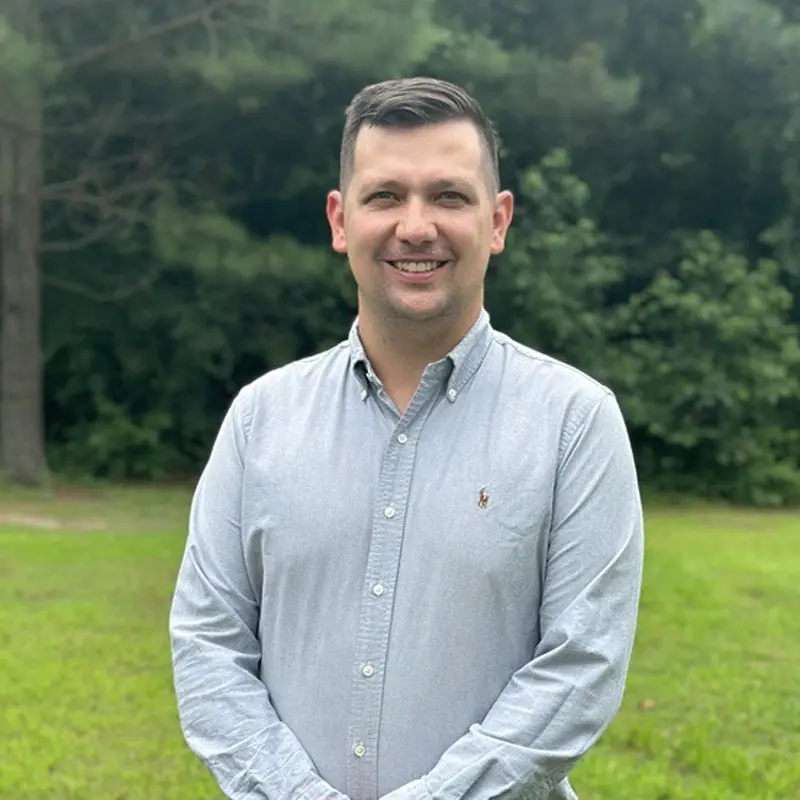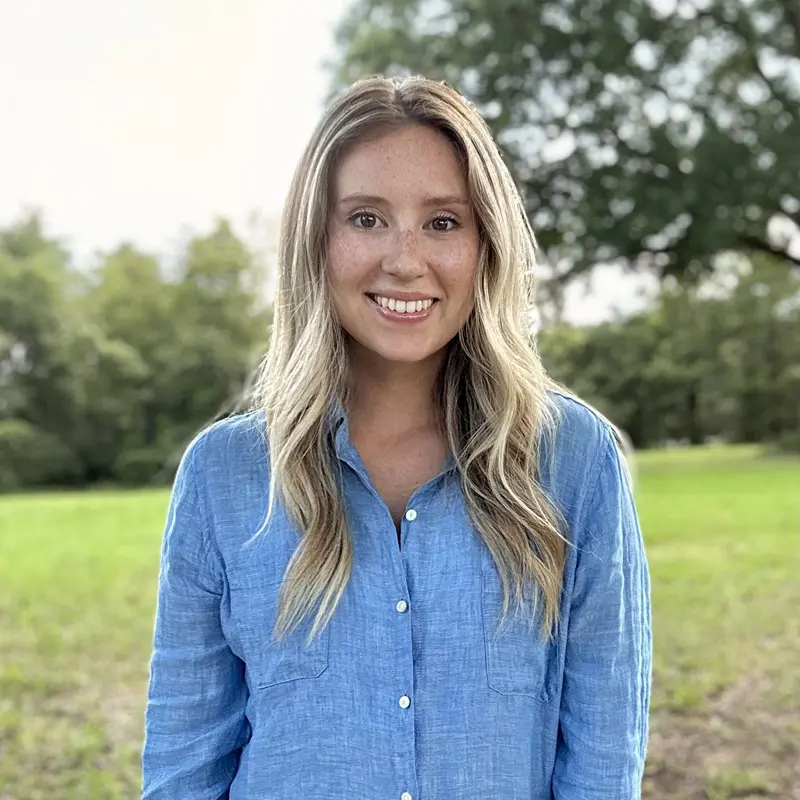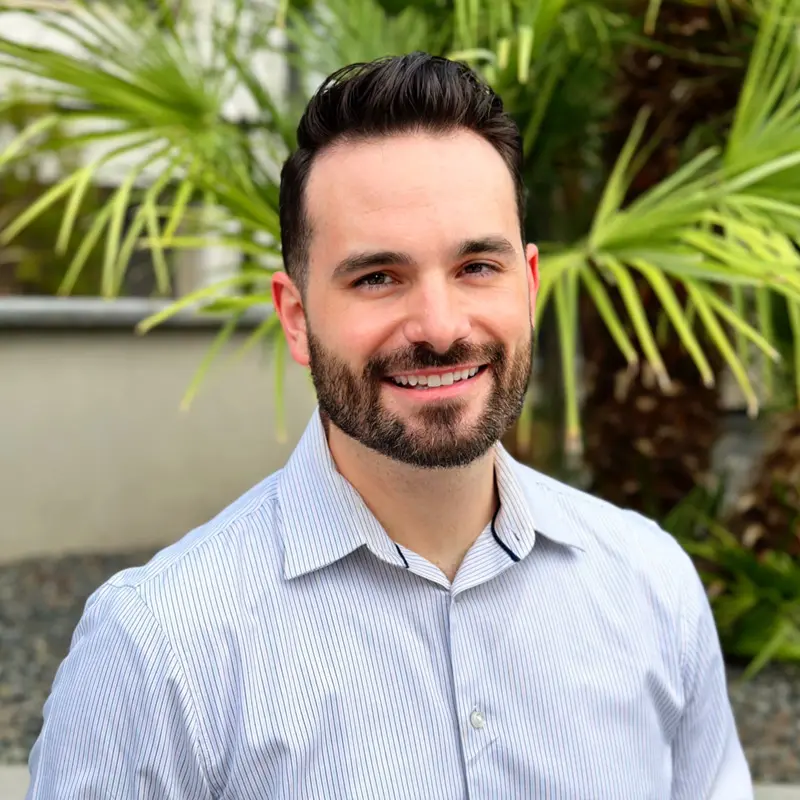Applied Behavior Analysis (ABA) therapy is a gold-standard treatment for children with autism spectrum disorder (ASD) and other developmental challenges. It focuses on reinforcing positive behaviors, teaching new skills, and improving communication, social interaction, and daily functioning. What makes ABA therapy especially powerful is its adaptability. There are multiple types of ABA therapy, each with different approaches, structures, and goals.
At Cardinal Pediatric Therapies, we understand that no two children are alike. That’s why we tailor every treatment plan based on the child’s needs, preferences, and learning style. In this article, we explore the most common types of ABA therapy and help you determine which one is right for your child.

Understanding the Different Types of ABA Therapy
Each type of ABA therapy uses the core principles of behavior analysis but applies them in different ways. Choosing the right approach involves understanding your child’s goals, developmental stage, and how they learn best.
Here are the most widely used types of ABA therapy and how they work:
Discrete Trial Training (DTT)
Discrete Trial Training is one of the most structured types of ABA therapy. It involves breaking down skills into small, manageable steps and teaching each step through repetition and reinforcement.
- Setting: One-on-one, therapist-directed sessions
- Structure: Highly organized, with clear instructions and prompts
- Focus: Early learning skills like eye contact, labeling, and imitation
- Best For: Children who benefit from structure and repetition or are just beginning therapy
In DTT, a therapist presents a task, waits for a response, and provides positive reinforcement for correct answers. This approach is effective for teaching foundational skills and reducing problem behaviors through consistent practice.

Naturalistic Environment Teaching (NET)
Natural Environment Teaching (NET) is a more child-led, play-based approach to ABA therapy. It takes advantage of everyday activities to teach meaningful skills in real-time.
- Setting: Home, school, or community environments
- Structure: Loosely structured, based on the child’s interests
- Focus: Functional communication, social interaction, problem-solving
- Best For: Children who learn well through play and interaction
Because NET is integrated into daily routines, it helps children apply what they learn across settings, making skills more transferable and meaningful.
Pivotal Response Training (PRT)
Pivotal Response Training focuses on core areas of development that are considered “pivotal” to a child’s overall success. These include motivation, initiation of social interactions, self-management, and response to multiple cues.
- Setting: Flexible, child-driven environments
- Structure: Combines structured and unstructured elements
- Focus: Improving key developmental “pivot points”
- Best For: Children who need support with motivation or generalizing skills
By targeting these pivotal behaviors, PRT aims to produce wide-reaching improvements across various domains, such as communication, behavior, and academic performance.
Verbal Behavior Therapy (VBT)
Verbal Behavior Therapy is designed to improve language and communication by focusing on the reasons behind language use. Instead of just teaching words, it helps children understand how to use language to get what they want and express their needs.
- Setting: One-on-one or small group
- Structure: Structured, yet highly individualized
- Focus: Functional language, request-making (mands), labeling (tacts), repeating (echoics), and responding (intraverbals)
- Best For: Children with limited or developing verbal communication
VBT encourages communication in a way that is practical and engaging for the child, promoting expressive language in real-world situations.
How to Choose the Right Type of ABA Therapy for Your Child
Every child is different, and the right ABA therapy approach will depend on several factors:
Assess Strengths and Challenges
A qualified Board-Certified Behavior Analyst (BCBA) will begin by evaluating your child’s developmental level, communication skills, and areas for growth. This assessment informs which ABA therapy techniques will be most effective.
Consider Your Child’s Learning Style
- Visual learners may respond better to DTT’s clear, repeated instructions.
- Play-based learners may excel with NET or PRT.
- Children developing speech may benefit from a communication-focused approach like Verbal Behavior Therapy.

Account for Sensory and Behavioral Needs
Children with sensory sensitivities or those who become overwhelmed in highly structured settings may thrive in naturalistic or play-based therapy environments.
Personalize the Approach Over Time
Many children benefit from a blended approach that draws on multiple types of ABA therapy. A comprehensive program may include structured DTT for foundational skills, NET for generalization, and VBT for language development.
How Cardinal Pediatric Therapies Uses Different Types of ABA Therapy
At Cardinal Pediatric Therapies, the most effective treatment plans are built from flexibility, evidence, and compassion. Our clinicians do not rely on one single approach. Instead, we integrate strategies from all major types of ABA therapy to create a well-rounded and engaging experience for each child.
Our ABA programs include:
- In-home and in-clinic options across Arizona and North Carolina
- Individualized assessments and goal-setting with a BCBA
- Parent coaching and collaboration to ensure consistency across environments
- Therapist-guided sessions that evolve as your child progresses
- Integrated services with speech and occupational therapy when needed
Whether your child is just starting their autism journey or continuing to build on previous progress, we adapt therapy methods to their unique needs, preferences, and strengths.

Begin Your Child’s Journey With ABA Therapy Today!
There is no one-size-fits-all solution when it comes to ABA therapy. Understanding the different types of ABA therapy—and how they align with your child’s learning style, goals, and personality—is a crucial step in finding the right fit.
From the structure of Discrete Trial Training to the flexibility of Naturalistic Teaching, each method brings unique strengths. At Cardinal Pediatric Therapies, we combine the best of each approach to provide comprehensive, compassionate care that empowers children to thrive.
If you are exploring ABA therapy in Arizona or North Carolina, reach out to Cardinal Pediatric Therapies today. Our team is ready to help you build the most effective, personalized treatment plan for your child’s success.

